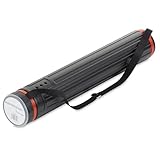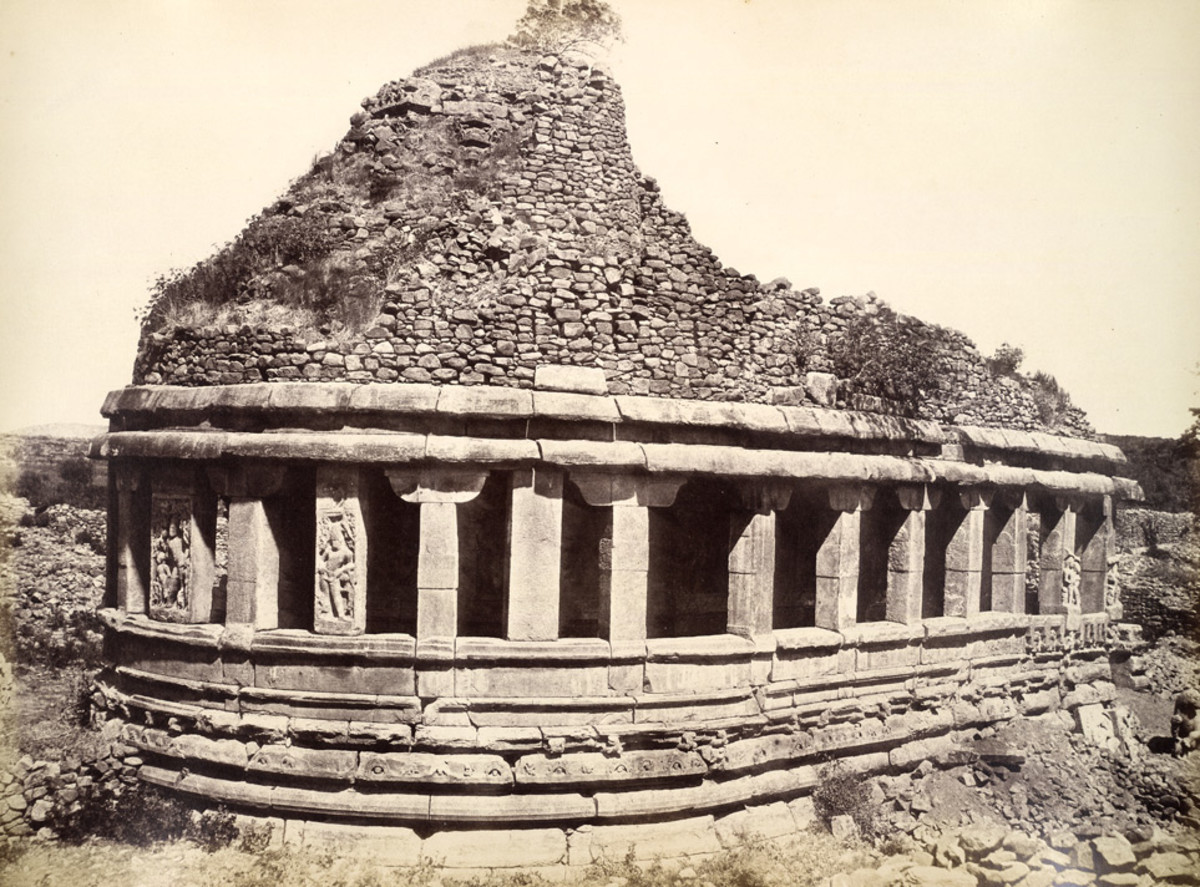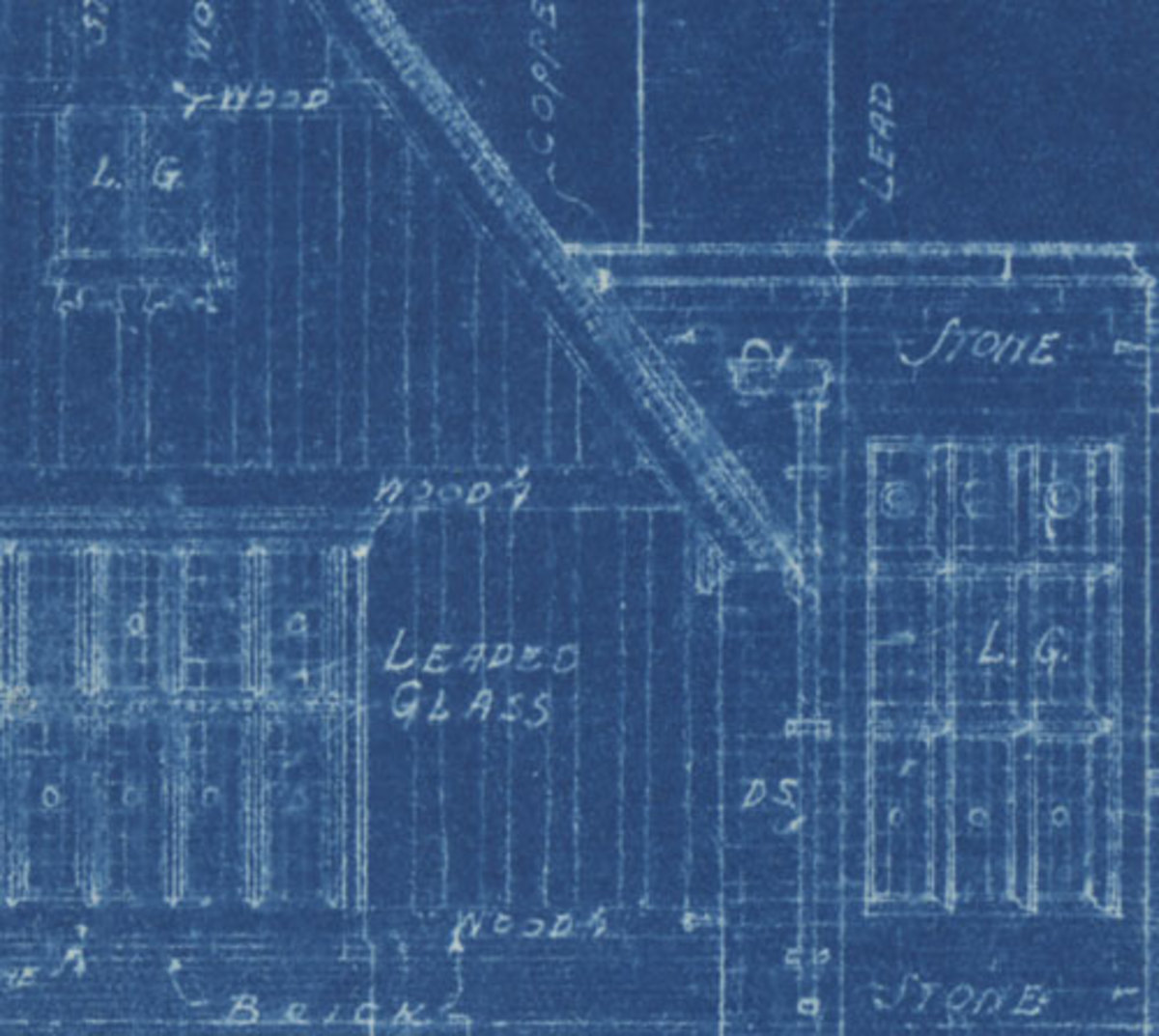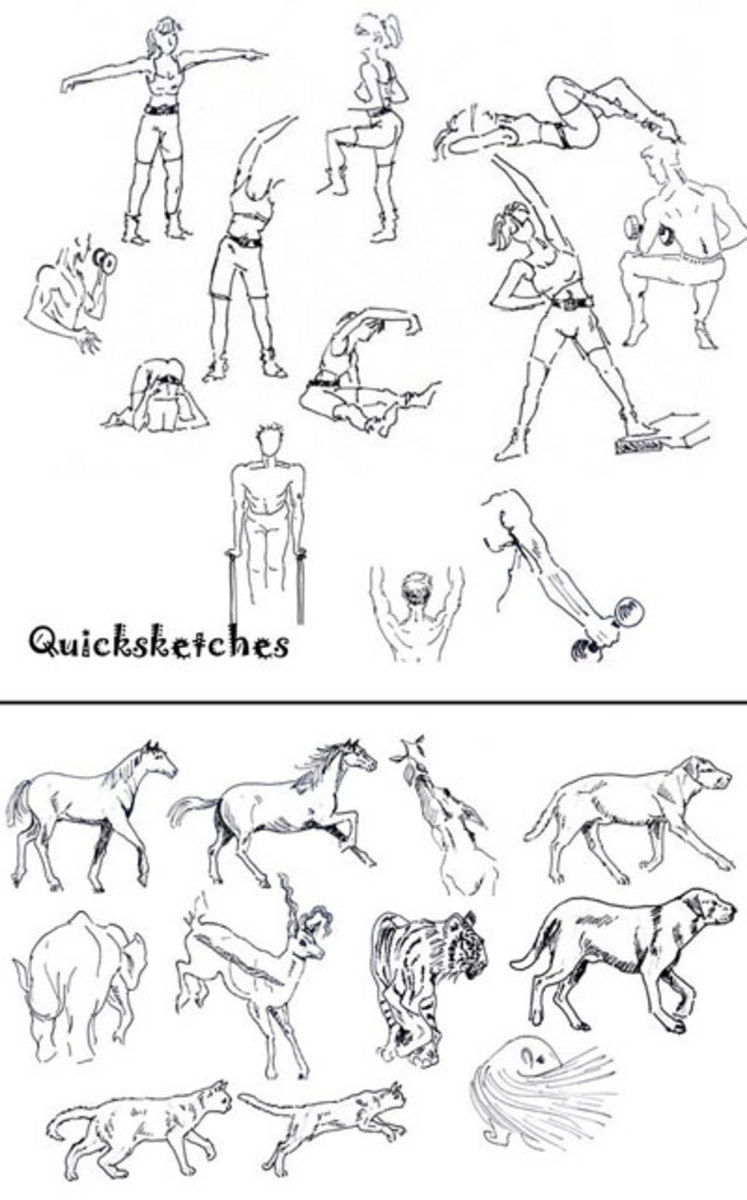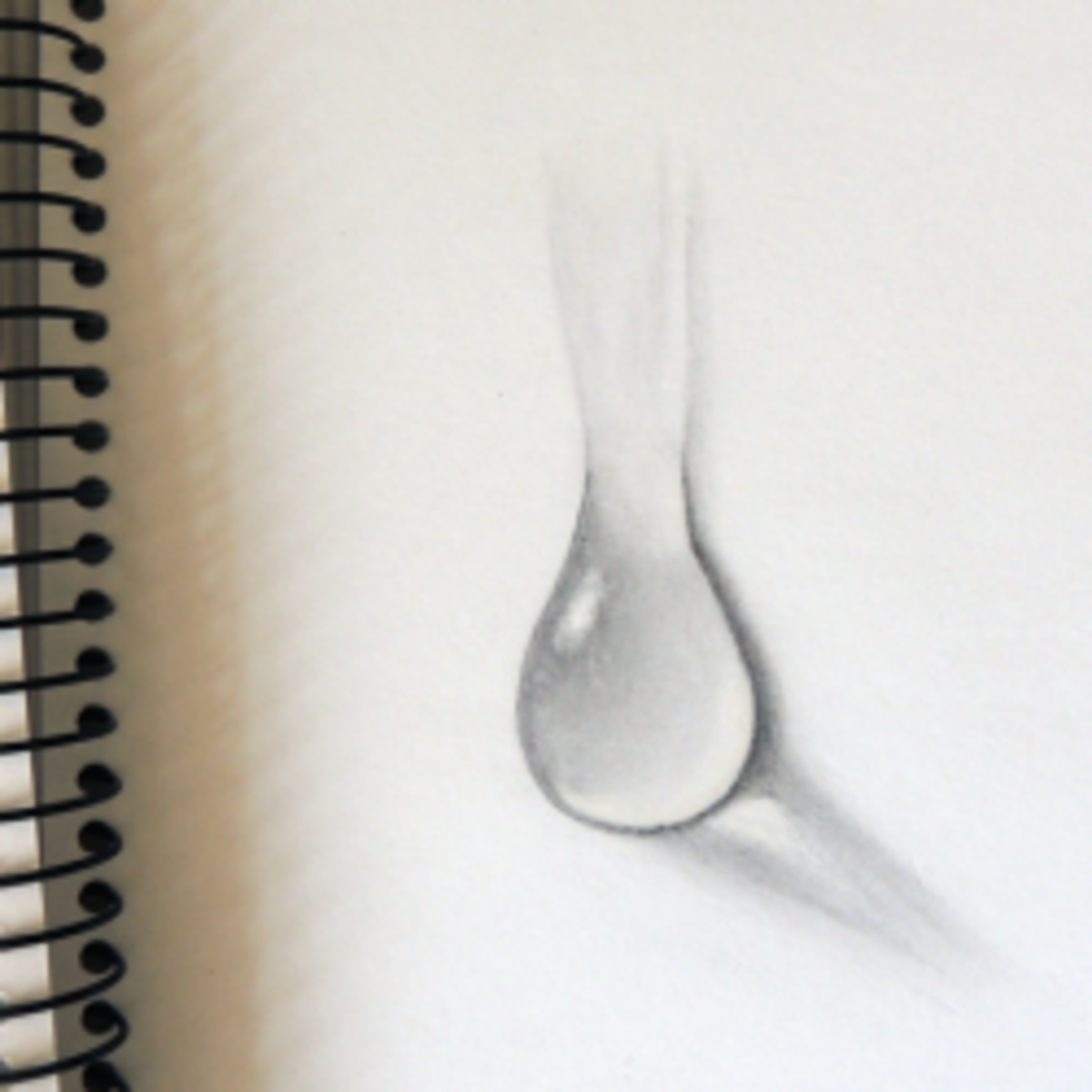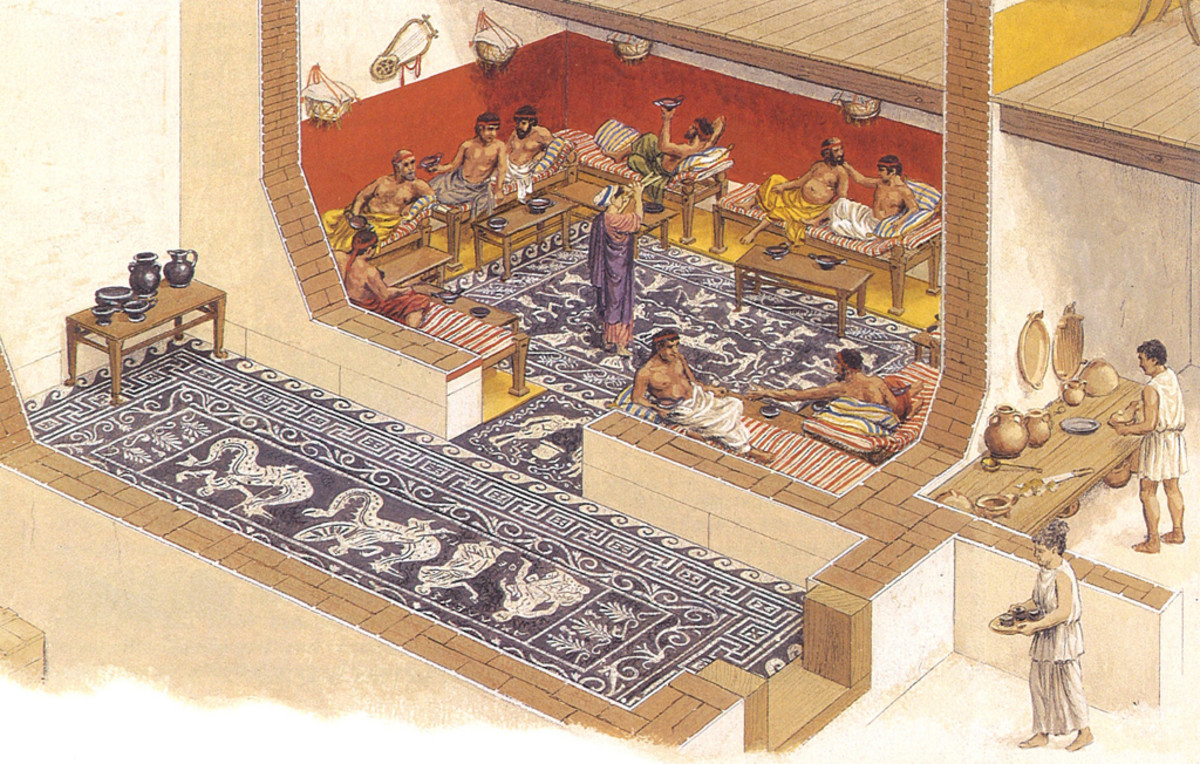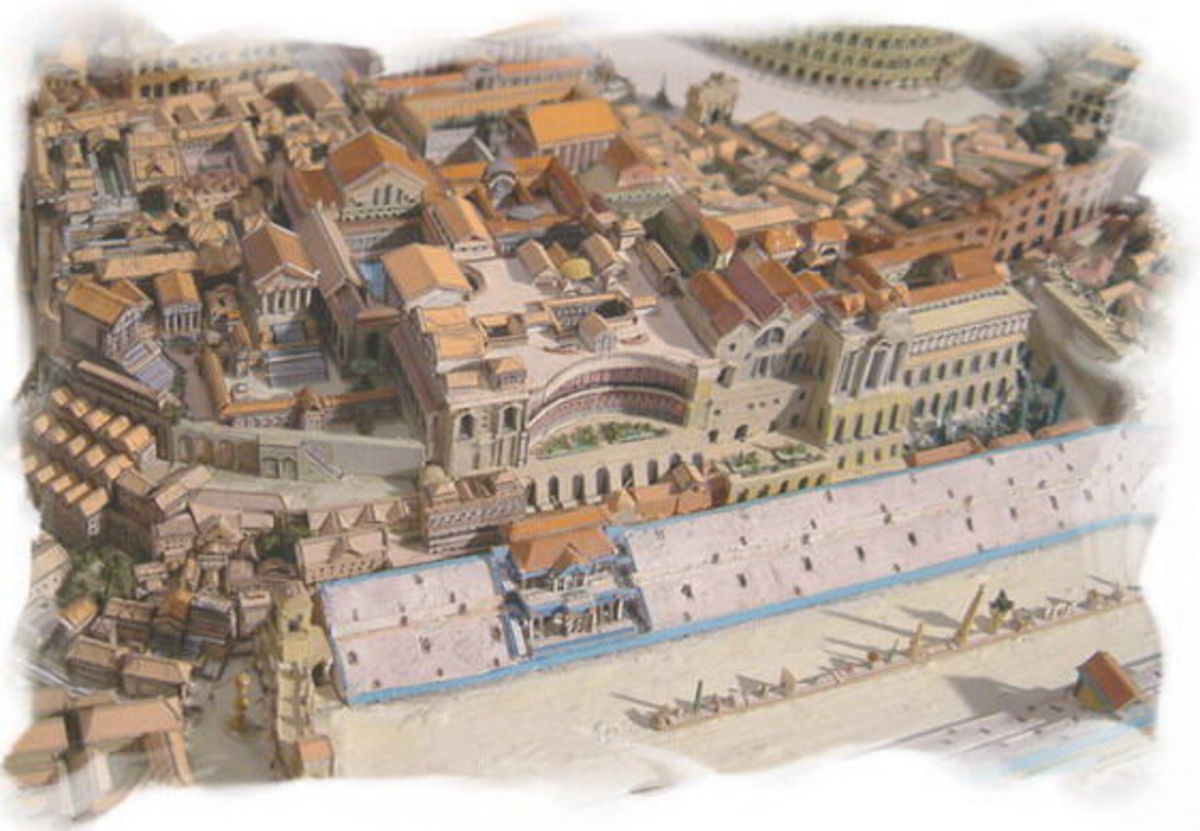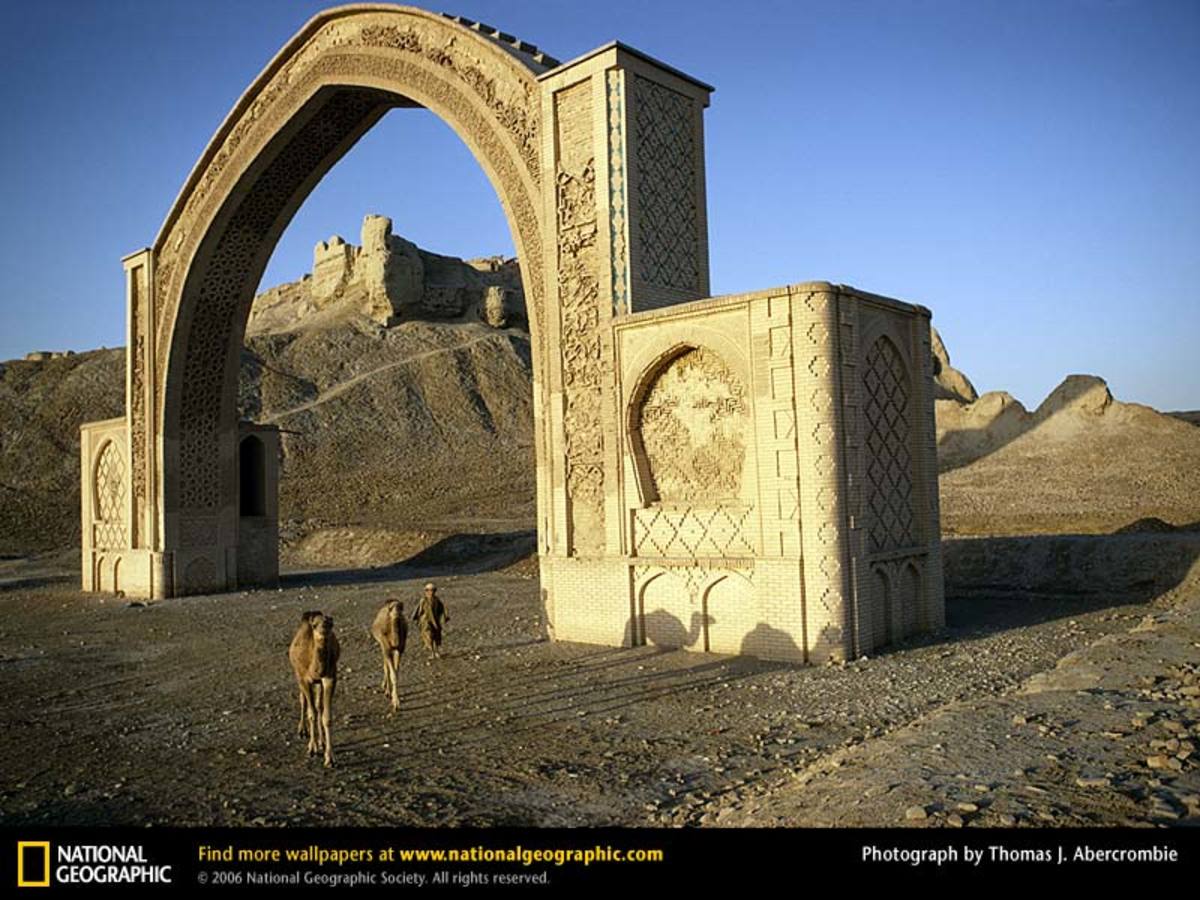Essential Architectural Supplies | Drawing Kit to Survive Architecture School
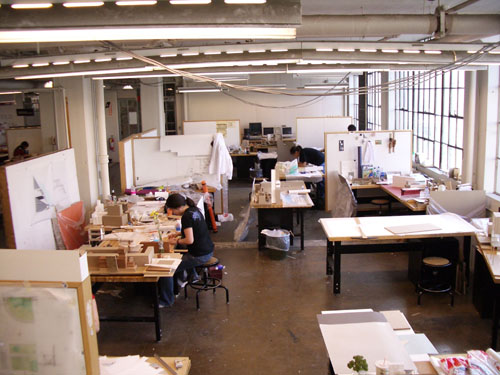
Architecture school comes as a shocker to most people without an art background. All your life you were taught to write and read, but suddenly you are expected to draw and visualize. The first year in architecture school is the toughest. I know that for a fact because I went through five years of architecture school and managed to graduate in one piece. The best part was I had no idea what to expect or what i needed to do.
I found out the hard way is that every architect, and architecture student for that matter, needs to have good tools. It helps plenty to have good working tools as it speeds up your work and gives you better results in either drawing or making models.
You will trade your lined writing pad for sketch pads, rulers for scale rules, pens for clutch pencils. You start mess around with glue, bits of balsa wood, cardboard, acrylic, penknives and such. Here, I share with you the some of the essential tools any student would need in architecture education.
Sketching Paper
This comes in a variety of names. Some call it sketching roll, some call it butter paper (due to it's yellowish nature, laymen would call it tracing paper. Regardless of it's name, you NEED this. Every respectable architect or architectural student would have a roll of this everywhere they go.
The function of sketching paper is to be able to quickly overlay and sketch out various design options over an initial idea. You can quickly trace out the correct sizes of rooms and such and rearrange them on the sketch rather than have to remeasure and redraw them from scratch.
Rather than coming in sheets, a roll enables you to draw as long a drawing as required. It comes in a variety of sizes, namely A4 (297mm) and A3 (420mm) sized rolls.
There is a higher quality type of paper called Vellum which serves the same purpose. Vellum is thicker and less flimsy and works well with ink. Hand drawn inked drawings look great using Vellum and it is great for presentation drawings. Due to the thicker nature of the paper, it comes only in sheets.
Drafting tape
Drafting tape is great to stick all the loose pieces of drawings you have together or over each other to review the design process. It also holds the drawing in place while you are working on it. Normal tape doesn't work as well as they tend to tear the paper if you are not careful. Hence, a roll of drafting tape is a must.
Parallel Rule
A parallel rule is critical in your early years in architecture school as it helps you draw straight lines quickly and accurately all the time. It clamps onto your drafting board and slides up and down through a guide. Although expensive, it is a worthwhile investment.
Clutch Pencil
A clutch pencil is unlike a normal pencil or mechanical pencil. True to it's name, it has "jaws" that clamp on to a stick of lead. The advantages over a mechanical pencil is that the lead don't snap as easily and you are able to switch the hardness of lead quickly and hassle free. It is also far more durable than normal wooden pencils. For drawings which require a sharp pencil, a clutch is a must. The quality of the lead is also far superior and produces beautiful lines. Great for sketching and essential for technical drawings.
The lead is refillable and comes in a variety of hardness and color. There is also a sharpener which gives you perfect pointed lead tips all the time.
Kneaded Eraser and Eraser Shield
Kneaded erasers, or putty, are used to remove graphite drawings easily without smudging your entire painstakingly drawn drawing that you've slogged over for the whole night. It works best with an eraser shield, which protects other parts of the drawing while you erase the required areas.
Scale rule
A scale rule is an ultra essential. As an architecture student or architect, it's important to always draw drawings to scale. It gives the reader a sense of scale and size and it tells you the dimensions of rooms and such. Hence a scale rule is able to convert that drawing into the actual dimensions quickly. Every architect would carry one around.
Along with the scale rule, essential tools are the geometric set of set squares, protractor and compass. These are very important for drawing perpendicular lines and other regular geometry. A set of french curves is good to have but not critical.
Copic Markers
Copic markers are great for adding color to sketches or highlighting areas to make a point. You are able to draw over the inked areas and these make them totally valuable. In addition, a set of color pencils are also very handy.
Drawing tube
What good is a great drawing if you cannot transport it safely? A drawing tube would protect your work from damage, knocks and the weather. You never know who would crease your drawing just before the critical submission dateline!
A final word
The list here would be enough to handle most of the technical drawing and sketching that an architecture student would be required to master in the first year of architecture school. Of course, there are other skills such as model making, which requires another totally different set of tool kits. Enjoy architecture school!
- Trophy
Ander Marketing - Acrylic, Crystal & Glass Awards, Trophies, Medals, Plaques, Common Seals and Corporate Gifts Singapore - Architectural Rendering & Vizualization: Essential things to know in design school
- Essential Architecture Supplies | Understanding Model Making Material
- Essential Architectural Supplies | Model Making Tools to Survive Architecture School
The Model Making Kit List!







